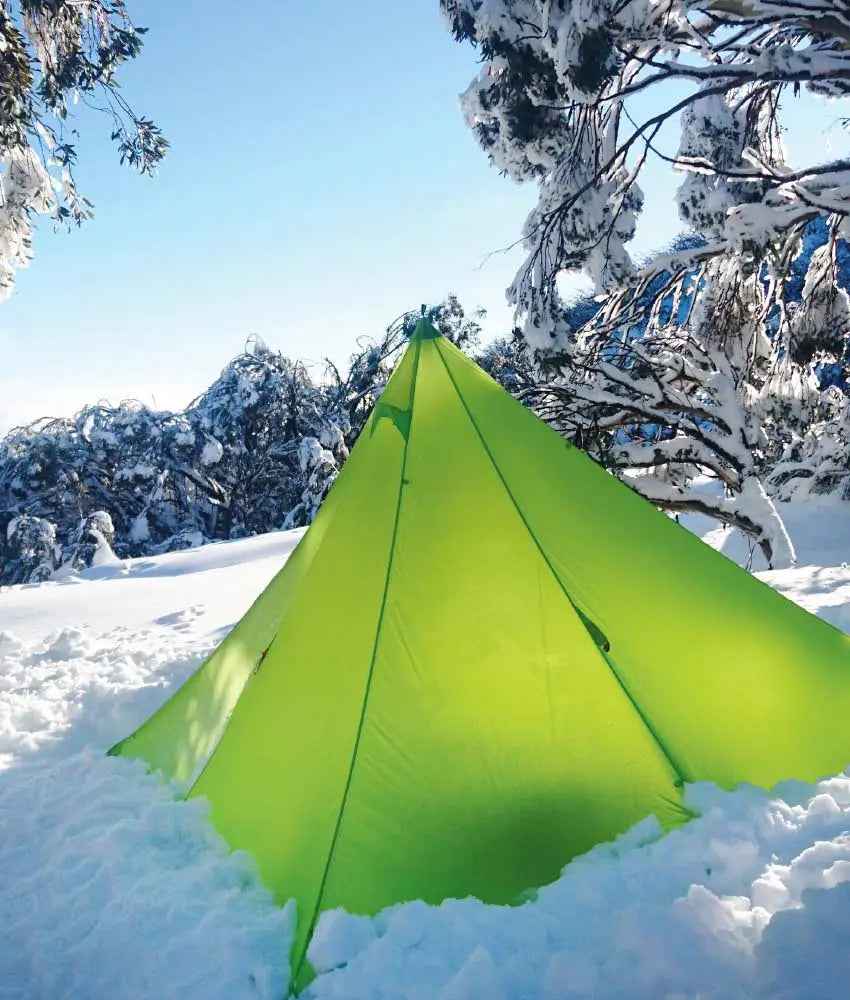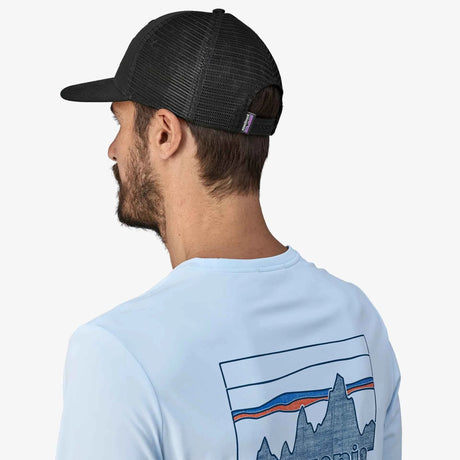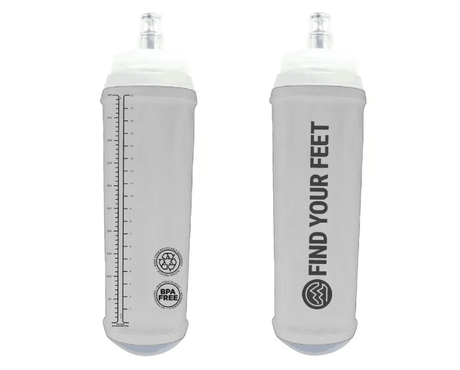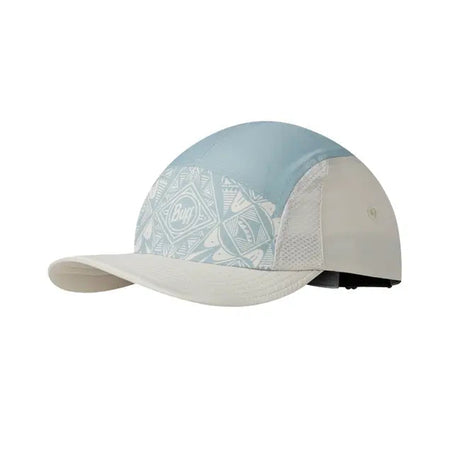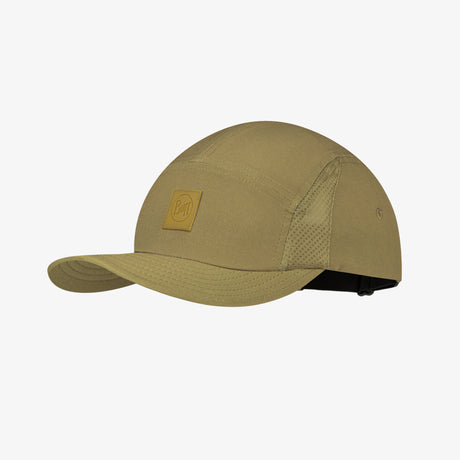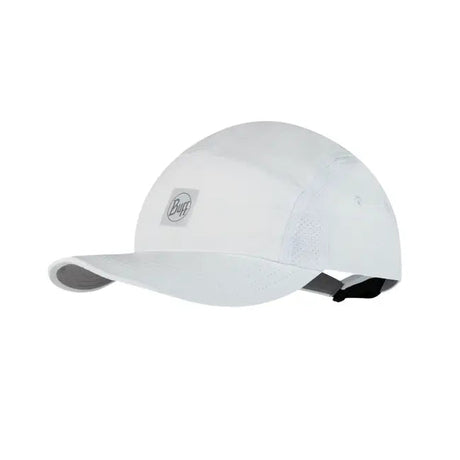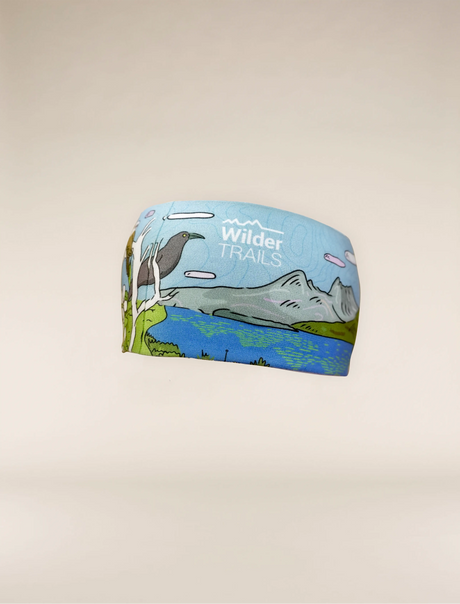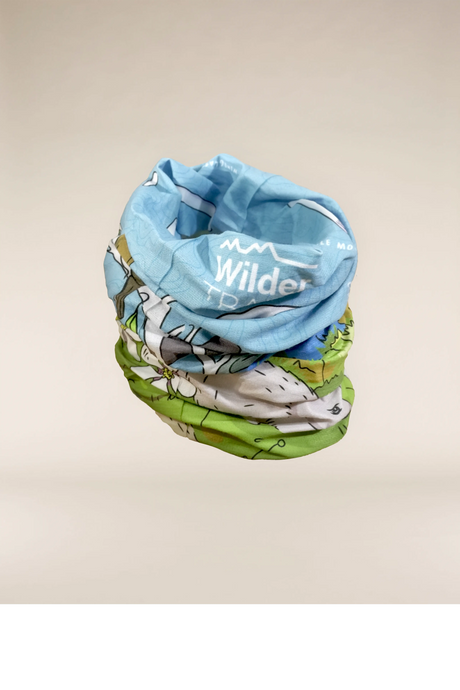One Planet 4Midable
Designed for those who live outdoors, the 4Midable (4Mid) pyramid is light, simple and extraordinarily adaptable. It has an abundance of space and is easily set up as a couple’s tent, lunchtime... Read more
One Planet 4Midable is backordered and will ship as soon as it is back in stock.
Couldn't load pickup availability
Description
Description
Designed for those who live outdoors, the 4Midable (4Mid) pyramid is light, simple and extraordinarily adaptable. It has an abundance of space and is easily set up as a couple’s tent, lunchtime getaway or group space. Tall enough to stand in, large enough to lounge, the 4Mid promotes a life lived well – outdoors.
The ‘Mids naturally manage condensation through form and design, steep wall architecture with the telescopic poleand peg points allowing the height to be set for the weather conditions. Inside there’s separate space for sleeping and storage to keep your bedroom tidy and dry, even with wet and muddy gear. The fly doors roll back completely on both sides to create a three-sided ‘Mid with uninterrupted views.
Favoured by guides and outdoor educators, the versatile 4Mid keeps you safe while allowing connection to the landscape. With fast set up it can become an emergency shelter, a shady lunchtime getaway or outdoor living room. And when the crowds have gone to bed, there is enough room to sit up and relax with your mates, cook or plan the next day’s adventures.
View our Pyramid tent setup instructions and walking pole converter instructions.
Dynamic 15 D Fly
15-denier nylon is a dynamic material aimed to balance light weight with durable performance. It’s designed to keep you warm and dry in all conditions: it’s completely seam sealed in the factory, with a sil/PU coating on the fabric and a high, 1200 millimetre water head. non PFC, It’s easily rolled or stuffed, and packs down small to save space in your rucksack.
Poles
Our ‘Mid series use a central, telescopic aluminium pole with a 20 millimetre diameter, because its light, tough and reliable. It provides structural integrity with minimal lateral flex during pitching. The pole is adjustable at 50 millimetre increments, and folds into four sections (480 mm long when folded) for easy packing.
Attention To Zips
We use a #5 YKK zip because they’re durable and long lasting. Zips of this size are less likely to get clogged with dirt, catch and snag. The zips are also designed so the slider will wear out before the teeth: if you ever wear one out, it’s a quick fix. Dual sliders allow doors to be opened easily from either end.
Guy Lines & Pockets
Our guy lines and adjusters are seriously good, versatile and functional, allowing tents to be set up to fit the situation. Simply loop them around a peg or branch and tighten securely, locking off if necessary. The reflective cord is highly visible in the dark, useful for preventing late-night stumbles and in emergency situations. Guy lines slip neatly into their pockets when not in use or when packing up: another example of attention to detail, simplified.
Condensation Mitigation
The 4Midable tent has steep wall architecture gives excellent internal space and mitigates the effects of condensation, making it excellent for sleeping in all conditions. When inside the tent, it’s easy to stand up, get changed or move around, even with others around. Any condensation forms on the inside of the fly, forming water droplets that run down the steep walls and flick off at the base.
Ventilation
The ‘Mid series has amazing ventilation that is able to be adapted to suit all conditions from protected snowlines to open desert plains. In torrential conditions, the steep ventilation ports block sideways rain while allowing air flow. The true innovation comes though the telescopic pole and adjustable peg points which allow you to raise or lower your ‘Mid for the perfect ventilation in every condition. Keep it open and airy in warmer climes, and button it down when it’s getting fresh.
Mesh Inner & Bathtub Floor
Our optional mesh inners turn the ‘party tents’ – the 2Midable and 4Midable – into bug-free, comfortable retreats while maintaining versatility and storage space. The micromesh keeps out the creepy-crawlies, while durable 75 D floors keep you dry. The inners sit neatly under half the tent, allowing ample space for gear storage in the vestibule. The stand-alone Bathtub Floor is built from durable 70 D Nylon, creating a footprint that keeps out the wet and muddy.
V Peg
ONE PLANET V style pegs are victorious in fraught and fair weather. A lighter alternative for bushwalking without sacrificing durability, function or fit. Specifically hardened for use in Australian conditions and crafted into a V form they hold fast in aussie dirt. A small notch in the back secures your tent loop and they’re easily removed in the morning thanks to the simple pull cord.
Walking Pole Converter
The 4midable tent is clever, with the walking pole converter a classic example. It doubles as the pole and peg bag and allows you to save weight by leaving the centre pole behind and using a pair of walking poles (either folding or telescopic) as an easily adjustable centre pole for the tent. By connecting opposing ends of the poles with maximum crossover, structural integrity and minimal flex are ensured. Read our instructions here!
Features
- The 4midable tent has a Pyramid structure to maximise the ratio of internal space to weight.
- Excellent standing room – you read that right, standing room!
- The 4Midable is adaptable. It can be pitched low and wide or high and narrow to fit your camp site and conditions.
- Steep wall architecture mitigates condensation.
- When set up as fly only – it shelters a group and gives space for four to sleep.
- When set up with the optional mesh inner, an a bug free apartment for two, with a huge vestibule for guests, storage or cooking. Add-on mesh inner or Bathtub Floor creates a separate sleeping area and vestibule within your 4Mid.
- The central pole is telescopic and made from aluminium, with a 20 millimetre diameter giving structural integrity with minimal lateral flex during pitching.
- The pole can be adjusted at 50 millimetre increments: raise or lower the ‘Mid to find the perfect level of ventilation for every condition.
- Walking pole converter is included, (instructions) allowing you to leave the tent pole at home for ultralight hiking.
- All ONE PLANET flies are seam sealed with tape in the factory so you don’t have to do it. The fabric has a sil/PU coating and a high water head, giving you protection in all conditions.
- Fly doors can be rolled back completely to create a three-sided ‘Mid with uninterrupted views – chose your location carefully!
- Ventilation vents are steep, allowing maximum air flow but not wind-driven rain. Set them open for good air flow without hassle.
- When you roll up the fly door a gutter is formed, naturally catching and channelling rain away from the tent entrance.
- Guy lines and lightweight adjusters are simple and effective, with reflective rope and storage pockets to keep things neat and tidy.
Specs
Weight (g)*: 750
Packed weight (g)^: 1270
Intended use: bushwalking, outdoor education, ultralight,
Capacity: two people (with inner) or group shelter
Vestibules: all-in-one pyramid shelter
Entrances: 1
Fly material: 15 D ultralight, seam-sealed nylon with 1200 millimetre sil/PU, non PFC.
Pitch versatility: yes (fly only, fly and optional mesh inner, fly and optional Bathtub Floor)
Pole: 20mm telescopic aluminium centre pole,
Pole Weight (g): 430
Collapsed pole length: 480 mm
Zips: #5 YKK dual slider with storm shield
Pegs: 12 V pegs
Stuff sack dimensions: 480 mm x 130 mm
Stuff sack compressed: 480 mm x 110 mm
*WEIGHT: FLY, ALL GUY LINES, WALKING POLE CONVERTER, 5 V PEGS
^ WEIGHT: FLY, ALL GUY LINES, WALKING POLE CONVERTER, POLE, 12 V PEGS, TENT BAG

